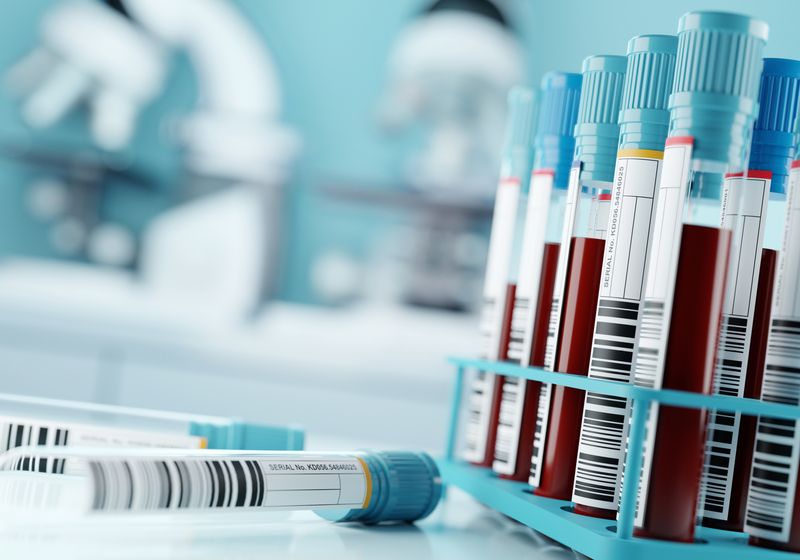Cell-free DNA released into circulation reveals disease processes and pathogens behind sepsis.
When cells in the body die, they release DNA. This DNA, known as cell-free DNA (cfDNA), makes its way into the bloodstream where it gets chopped up by enzymes, and in minutes to hours, the liver pulls it out of circulation. It can serve as a biomarker in many contexts such as detecting pregnancy complications, organ transplant rejection, and cancer before symptoms appear.
Now, in a recent study published in Cell Genomics, scientists in Julian Knight’s lab at the University of Oxford turned to cfDNA to understand sepsis, a dysregulated response to infection that can cause life-threatening organ dysfunction.1 They found that cfDNA accumulates in the blood because the body can’t clear it, providing insight into what happens in the body during sepsis. Monitoring cfDNA could one day help scientists understand sepsis’ heterogeneous disease mechanisms and diagnose and stratify patients.
Scientists know that cfDNA increases in people with sepsis, but “what was not so clear is where this DNA comes from,” said Kiki Cano-Gamez, a genomics researcher at the University of Exeter who led this work as a postdoctoral researcher in Knight’s lab.2 She explained that the general hypothesis in the field is that much of this DNA comes from immune cells, failing organs, or tissues that have died.
The team looked at molecular patterns in cfDNA from sepsis patients and compared them to cfDNA from healthy individuals. They first found that sepsis patients had 30 to 40 times more cfDNA in their blood than healthy people.
Using methylation patterns and nucleosome positioning along the cfDNA, the team tracked which cells and tissues it came from. To their surprise, they saw that the cfDNA did not come only from immune cells, as they had expected, but it seemed to come from all kinds of cells. “That was very puzzling,” said Cano-Gamez.
Because it appears that cfDNA accumulation wasn’t caused by cell death in specific cells, Cano-Gamez wondered if the accumulation was due to impaired liver clearance. To assess this, the team looked at cfDNA fragmentation patterns. The longer cfDNA spends in circulation, the more fragmented it becomes because it has more exposure to enzymes in the blood. The team found that cfDNA from sepsis patients was shorter than cfDNA from people without sepsis, meaning that it was in the blood longer and suggesting that the liver wasn’t clearing it at the same rate.
This reduced clearance is what Yuval Dor, a biologist at The Hebrew University of Jerusalem who was not involved in the study, called “a new concept in the liquid biopsy field.”
By looking at the methylation patterns in the cfDNA, the researchers gained insight into what was happening in these cells and tissues during sepsis. For example, Cano-Gamez could see signs of liver dysfunction and hematopoietic rewiring, where the body produces more immune cells while decreasing other blood cells.
As cfDNA also contains DNA from microbes, the researchers hypothesized that they could use it to identify the bacteria behind the infection. Cano-Gamez originally expected the data from this to be noisy because microbial sequences are just a small fraction of the total cfDNA and any contaminants could overwhelm the detection of microbial cfDNA. This was not the case, however, as Cano-Gamez saw the enrichment of specific pathogens in cfDNA from sepsis patients. “It’s clear that you could use some of this DNA as a diagnostic,” said Cano-Gamez.
In terms of translatability, Cano-Gamez said, “We’re still at a very early stage.” She mentioned that there are already good biomarkers for liver function that are easily and routinely measured. However, she noted that cfDNA has some advantages: It could give a more immediate measurement of liver function, and it can give more information about which areas of the liver are dysfunctional.
“All the methods we used here are pretty labor intensive,” Cano-Gamez said. “It’s not something you would be able to do on the bedside or as a clinical test.”
Still, Dor said he’s hopeful about the clinical utility of these types of studies. “We learn so much from these liquid biopsies about disease processes that it will become clinically useful.”

